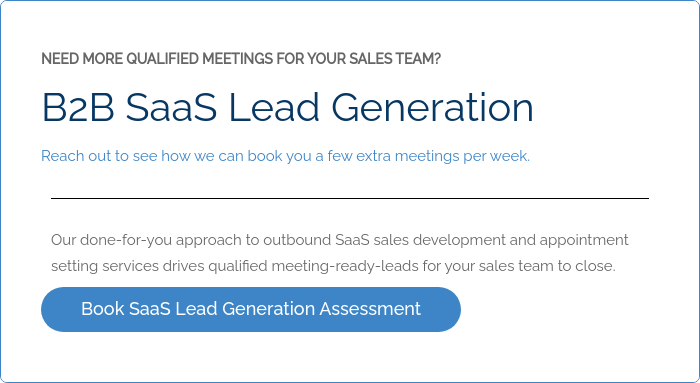Cold email outreach is an untapped treasure trove for businesses seeking to expand their reach, generate leads, and establish valuable connections.
But how do you harness the power of cold email outreach without getting lost in the vast sea of information out there? Fear not, for we have created a comprehensive, step-by-step guide to help you navigate the world of cold email outreach and unlock its full potential.
From understanding the importance sser of cold email outreach to crafting compelling subject lines and executing successful campaigns, we’ve got you covered. Let’s embark on this journey together to transform your email outreach strategy and achieve remarkable results.
Short Summary
-
Cold email outreach is an effective way to generate leads, build partnerships and expand networks.
-
Successful cold emails should contain engaging subject lines, personalized content and a clear CTA.
-
Optimize your efforts with tools such as email verification platforms and automation services. Stay up to date on best practices for successful campaigns.
Understanding Cold Email Outreach
Cold email outreach is a powerful marketing tool, when done right, it can yield impressive results. At its core, it involves sending personalized, targeted emails to potential clients or partners without prior contact, aiming to establish a business relationship or achieve specific goals.
Recognizing its importance and potential benefits is crucial for success, as email outreach can effectively promote your blog post and other content.
In this comprehensive guide to cold calling yourself, we’ll delve into the essential components of a successful cold email, such as crafting engaging subject lines, personalizing content, and setting campaign objectives.
We’ll also explore the planning and execution of a full cold calling and email campaign, discuss common challenges, share best practices, and provide valuable tools and resources to help you optimize your sales calls and outreach efforts.
What is Cold Email Outreach?
“Cold emailing or outreach, also known as cold emailing, is the process of sending unsolicited, personalized emails to a potential customer, clients, partners, or other contacts with the intention of initiating a business relationship or achieving predetermined goals.
Sales teams often utilize email outreach to identify potential customers and encourage them to join the company name sales team or the sales funnel.
An effective personalized cold email is one that is succinct and offers value to the recipient. Its subject line should be compelling, enticing the reader to open the email. The email body should concisely explain who you are, why you are contacting them, and what you would like to request.
The right cold email template format should end with a specific CTA. For example, “Let’s book a meeting” would be an appropriate way to conclude a few minutes. Utilizing a well-crafted email template can make this process easier and more efficient.
Why Cold Email Outreach Matters
The significance of cold email outreach cannot be overstated. It is a highly beneficial tool and marketing manager for businesses and individuals alike, as it can generate leads, establish partnerships, and expand professional networks.
By addressing the recipient’s pain point in your first cold email campaign, you can increase the chances of a favorable response.
Utilizing the right cold call, cold email templates, and template email templates, enables sales reps to optimize their time and concentrate on lead generation, lead nurturing, and follow-up. By adhering to best practices and employing the right tools and resources, email outreach can be a powerful weapon in your arsenal, helping you achieve remarkable results.
Components of a Successful Cold Email
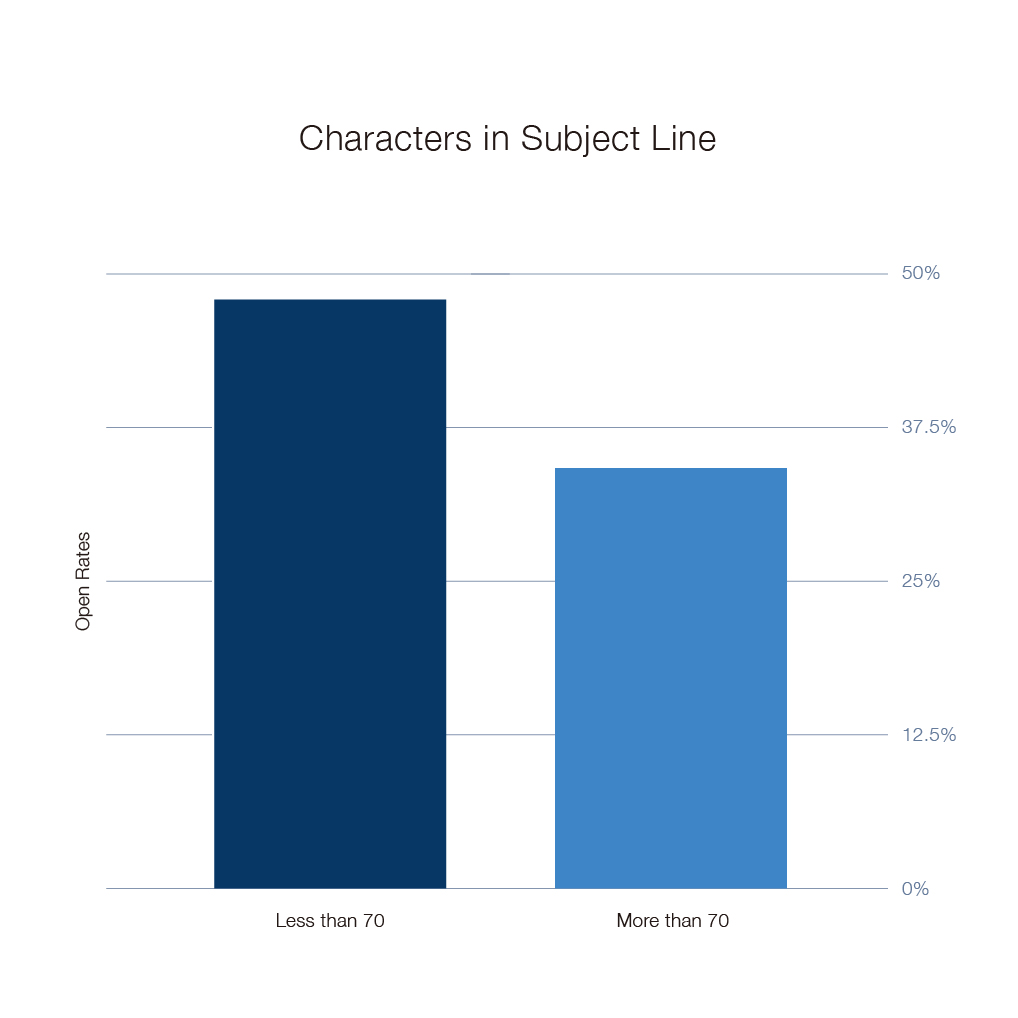
A successful cold email consists of an engaging subject line, a personalized message content, and a concise call-to-action (CTA), all of which contribute to higher open and response rates. To achieve this, it’s essential to write cold emails that effectively capture your recipient’s attention.
In the following sections, we’ll take a closer look at each of these components, providing valuable insights and tips to help you craft captivating cold emails that deliver results.
Crafting Compelling Cold Email Subject Lines
The subject line in your cold call email template is the initial element your recipient encounters. It plays a crucial role in grabbing their attention and improving the chances of your email being opened. The most effective subject lines are concise and descriptive, featuring a clear call to action (CTA).
Personalization is also recommended, as it creates a connection with the recipient and demonstrates that you’ve done your research.
When devising a cold email subject line, personalizing it to the recipient’s perspective and adding a hint of mystery or intrigue and strong subject line can be beneficial.
Remember, your email subject line should pique the recipient’s curiosity and entice them to open the email, so spend time crafting one that stands out from the crowd and resonates with your target audience.
Personalizing Your Emails
Personalizing your emails helps establish a connection with the recipient and demonstrates that you’ve done your research, increasing the chances of a positive response. Include the recipient’s name or job title is a great start, but successful cold emails typically go further with personalization.
Taking the time to research the recipient is essential to better understand their values and interests. This effort in learning about them will facilitate a personal connection. Addressing the recipient’s individual needs and desires demonstrates your dedication to understanding who they are and fosters personal connections.
Moreover, referencing a mutual connection or recent news about the recipient’s company same industry can make your email feel more personalized and relevant. This demonstrates that you’re not just sending a generic message to everyone on your list, but have taken the time to understand their unique situation and needs.
Creating a Clear and Concise Call-to-Action (CTA)
Your cold email’s call-to-action (CTA) is the final, crucial component that guides the recipient towards the desired outcome, making it easier for them to take the next step. The CTA should be clear, concise, and easy to understand, avoiding any ambiguity or confusion.
Also, it should align with your overall cold email goals, whether that’s scheduling a call, inviting the recipient to an event, or asking for feedback on your product or service.
To create an effective CTA, consider using action-oriented language that prompts the recipient to take the desired action. For instance, instead of saying, “Let me know if you’re interested,” try using a more direct approach like, “Click here to your email account or book a call with me.” This leaves no room for confusion and increases the chances of the recipient taking the desired action.
Planning and Executing a Cold Emailing Campaign
Planning and executing a cold email campaign is a multi-step process that involves setting goals, building a targeted prospect list, crafting and sending emails, and monitoring and analyzing performance to optimize results.
In the following sections, we’ll dive into each of these steps, providing you with actionable tips and insights to help you plan and execute a successful email campaign.
Setting Campaign Goals
Setting campaign goals is an essential initial step in any cold outreach effort, as it helps you stay focused and measure the success of your campaign.
Specific, measurable, achievable, relevant, and time-bound (SMART) goals are recommended, as they provide a clear framework for evaluating your progress. Examples of campaign goals might include generating a certain number of leads, securing a specific number of meetings, or increasing your email open rate by a certain percentage.
Establishing clear goals aligns your cold email strategy with your overall business objectives, ensuring that your outreach efforts are purpose-driven. This not only maintains your focus but also enables you to measure the effectiveness of your initial email campaign and make data-driven decisions to enhance your future cold email outreach.
Building a Targeted Prospect List
Building a targeted prospect list is a vital step in email outreach, as it ensures that your emails reach the right audience, increasing the chances of achieving your campaign goals. To build a targeted list, you’ll need to identify your ideal customer profile and gather contact information for potential prospects that fit this profile.
This may involve researching specific industries, job titles, or company sizes to find individuals who are most likely to be interested in your company name, product or service. Utilizing tools and resources, such as LinkedIn Sales Navigator or other prospecting platforms, can help you build a comprehensive and targeted list with ease.
Investing time and effort into constructing a high-quality prospect list enhances the likelihood of your cold emails resonating with your target audience and achieving the desired results.
Crafting and Sending Your Cold Emails
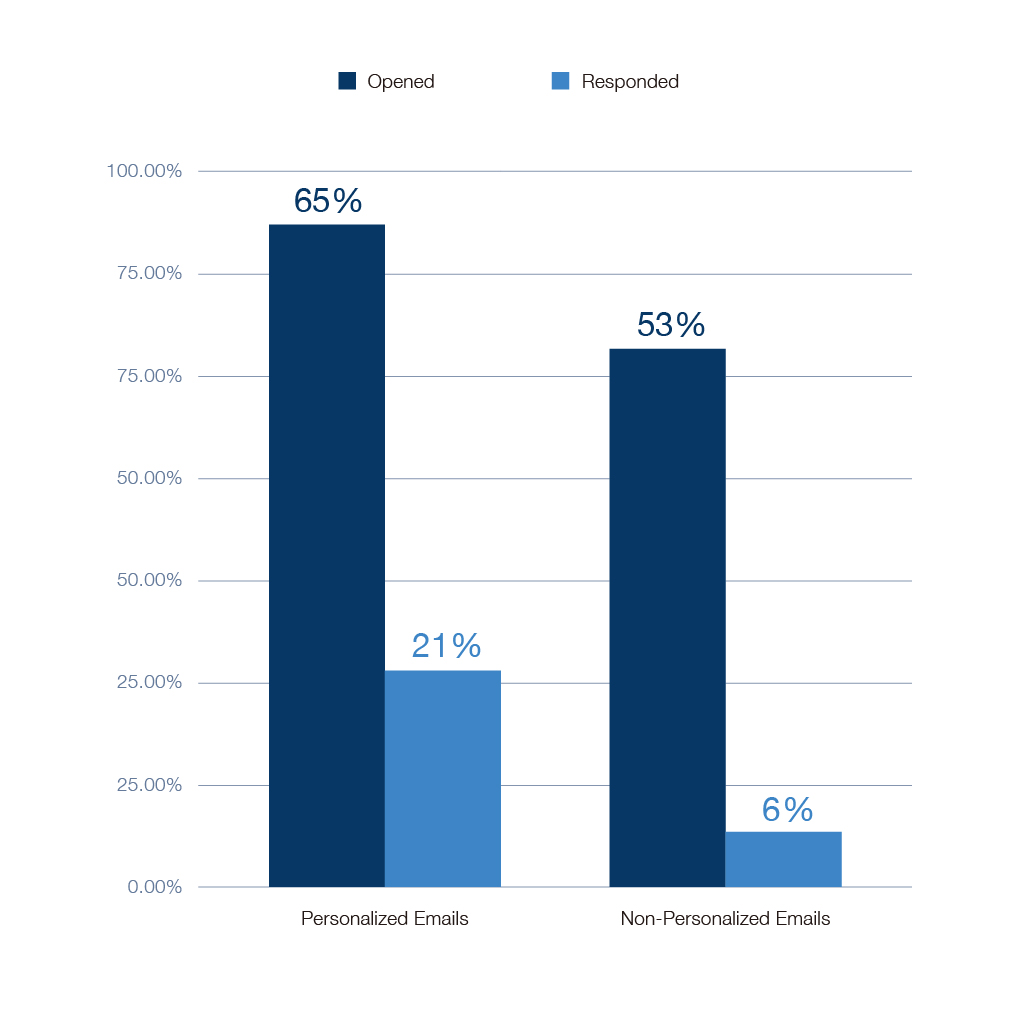
Now that you have a targeted prospect list, it’s time to craft your own first subject line and send your cold emails. As mentioned earlier this blog post, a successful email consists of an engaging subject line, personalized content, and a concise call-to-action (CTA).
Keep in mind that the ultimate goal of your email is to prompt a response from the recipient. Therefore, your engaging cold email should be designed to capture their attention, address their needs, and guide them towards the desired action.
When sending your cold emails, consider using an automation platform to save time and maintain a consistent sending schedule. This can help ensure that your emails are sent at optimal times and that your automated follow up and back-ups are timely and effective.
Remember, consistency and persistence are key in sending cold emails, so don’t be discouraged if you are sending cold emails and don’t receive a response right away.
Monitoring and Analyzing Campaign Performance
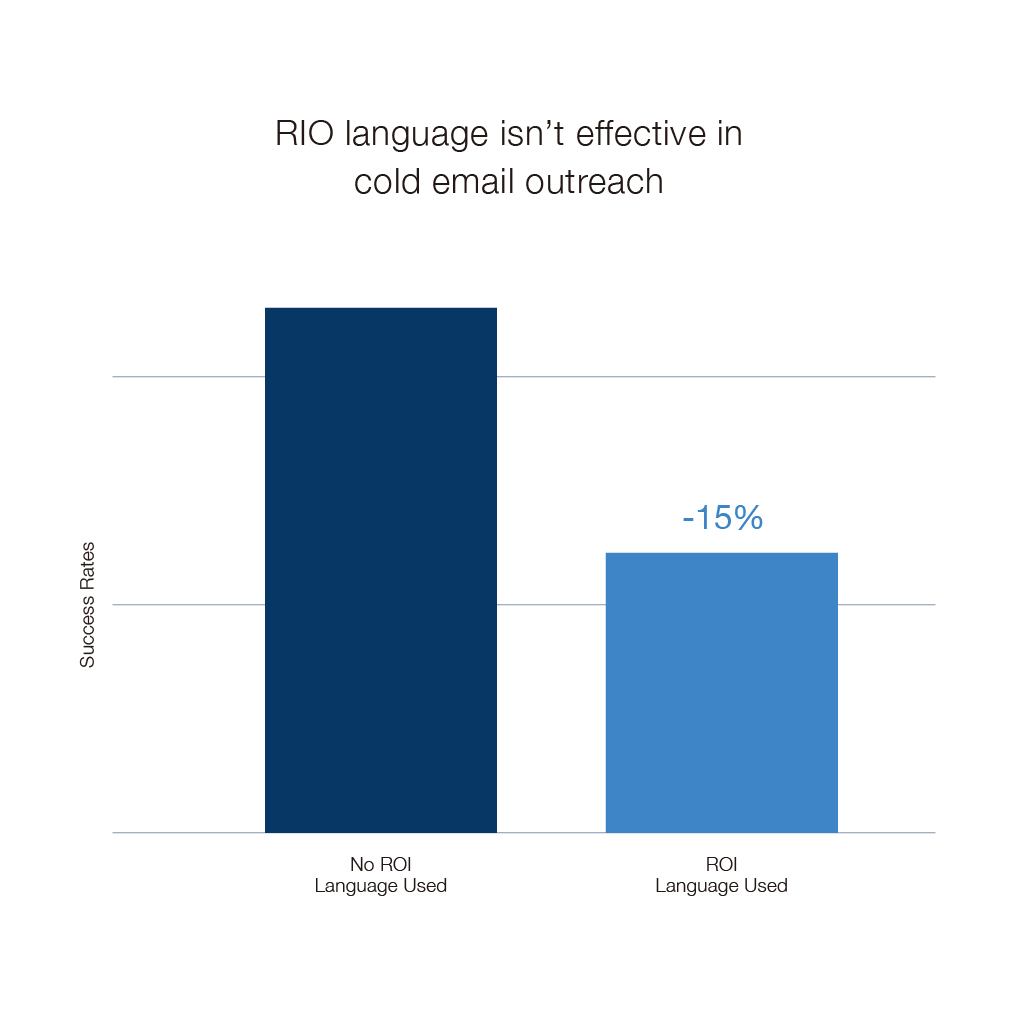
Monitoring and analyzing your cold email campaign performance is crucial for identifying areas of improvement and optimizing your next cold outreach email campaigns and efforts.
Tracking key metrics, such as open rates, click-through rates, and response rates, provides valuable insights into the effectiveness of your campaign. You can more effectively make data-driven decisions to enhance your future cold outreach emails and efforts.
Through a detailed analysis of your campaign performance, consider conducting A/B tests on various elements of your emails, such as subject, content, and CTAs, to identify what works best for your target audience.
When your team is continually refining and optimizing your email outreach based on data-driven insights, you’ll be well on your way to achieving better results and maximizing the success of your campaigns.
Overcoming Common Cold Email Challenges
Cold emailing and outreach can be fraught with challenges, but by addressing these hurdles head-on and implementing best practices, you can maximize the effectiveness of your efforts.
In this section, we’ll explore common email challenges, such as improving email deliverability, handling low open and response rates, and dealing with negative feedback, and provide practical solutions to help you overcome these obstacles.
Understanding the challenges associated with email outreach allows you to develop strategies for ensuring your emails are received.
Improving Email Deliverability
Email deliverability is a crucial aspect of cold outreach through email, as it ensures that your emails reach their intended recipients and are not marked as spam. To improve your email deliverability, consider implementing email authentication records, such as SPF and DKIM, which can help prevent your emails from being flagged as spam by recipients’ email servers.
Additionally, avoid using generic or spammy subject lines, as these can trigger spam filters and prevent your emails from reaching their intended audience. Instead, craft personalized and engaging subject lines that resonate with your targeted audience and accurately reflect the content of your email.
These steps help improve your email deliverability and ensure that your cold emails reach the right people.
Handling Low Open and Response Rates
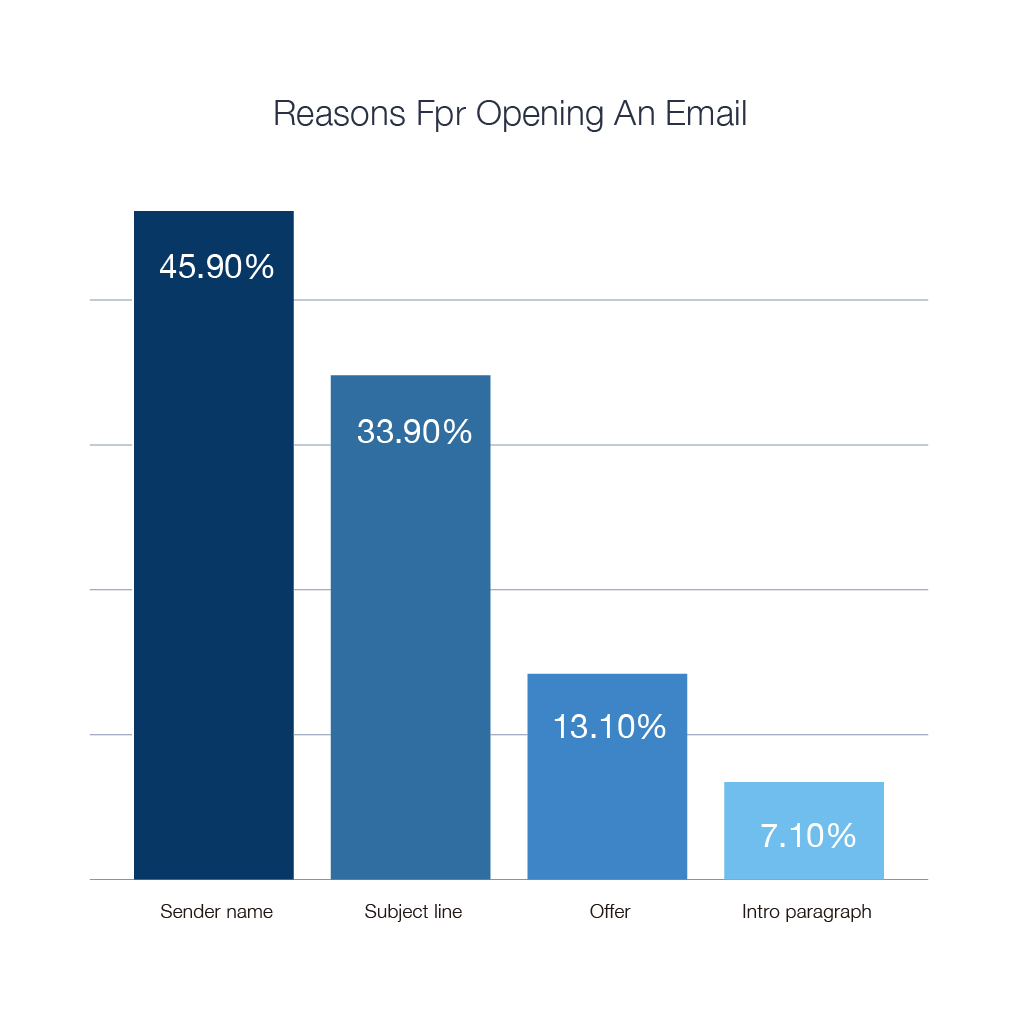
Low open and response rates can be discouraged, but with the right approach, you can turn things around and boost engagement. To address low open rates, consider refining your own subject line short- lines to capture the recipient’s attention and entice them to open your email. A compelling subject line can make all the difference in determining whether your email is opened or ignored.
In addition to refining your email template subject line and lines, consider enhancing the personalization and relevance of your email content. Make sure that your emails address the recipient’s own pain point or pain points or offer something of value to them.
Crafting personalized, engaging content that resonates with your targeted audience increases the likelihood of receiving a positive response and ultimately leads to better results from your outreach efforts.
Dealing with Negative Feedback
Handling negative feedback in cold email format requires a professional and empathetic approach. While it’s important to take any constructive criticism on board, understand that not everyone will be receptive to your outreach efforts writing cold emails, and that’s okay.
Instead of dwelling on the negative, focus on the lessons that can be learned from the feedback and use it to improve your own line and future outreach efforts.
When dealing with negative feedback, or cold email examples it’s important to maintain a professional demeanor and avoid getting defensive. Thank the recipient for their feedback, and if appropriate, address their concerns or offer a solution. Remember, cold emailing and outreach is a numbers game, and not every interaction will be a success.
Stay persistent, learn from your experiences, and continually refine your strategy to achieve better results in the long run.
Cold Email Outreach Best Practices
In order to maximize the success of your cold email campaigns, it’s essential to implement best practices and continually refine your approach. In this section, we’ll share some of the most effective email outreach best practices, such as timing your emails, A/B testing, and follow ups, to help you achieve better results and optimize your cold outreach through email efforts.
Timing your emails is an important factor in email-oriented outreach. You should consider the time of day when sending cold emails.
Timing Your Emails
Timing your emails strategically can significantly impact their effectiveness and increase the chances of your cold emails being opened and read by recipients.
To determine the best time to send your emails, consider the recipient’s timezone and schedule your emails to be sent to specific person at a time when they are most likely to be online and checking their inbox. This can help ensure that your emails are seen and not buried beneath a spam folder or a mountain of other messages.
While there is no one-size-fits-all solution for the best time to send cold emails, various studies suggest that sending emails during the early morning or late afternoon, when people are more likely to be checking their inbox, can result in higher open rates rather than ending in spam folders.
Experiment with different send times and track your open rates to identify the optimal time for your target audience.
A/B Testing Your Emails
A/B testing is an effective method for evaluating the success of different elements of your cold emails, such as your subject line promises other lines and content. By testing various versions of your emails, you can identify what resonates best with your targeted audience and optimize your outreach efforts accordingly.
When conducting A/B tests, remember to test one element at a time, use a control group, and test multiple variations of the same element. This will ensure that your test results are accurate and provide actionable insights to help you improve your cold outreach.
Continually refining and optimizing your emails based on A/B testing results can lead to higher open and response rates, ultimately contributing to the success of your email campaigns.
Following Up on Cold Emails
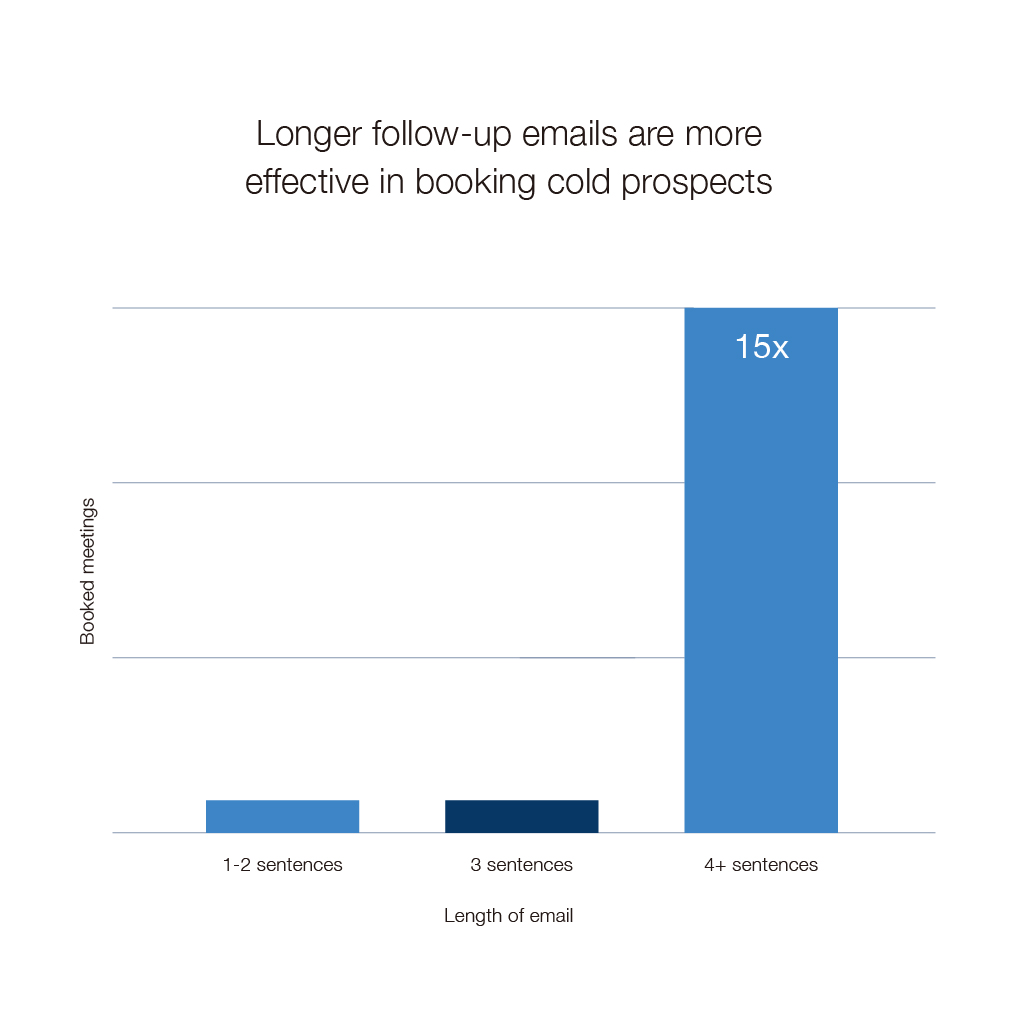
Following up on cold emails is essential for maintaining engagement and increasing the chances of a positive response. In many cases, recipients write cold emails may simply have overlooked previous message in your initial email or forgotten to respond amidst their busy schedule. Sending a few follow-up emails gently reminds the recipient of your initial message and illustrates your persistence.
When sending follow ups sales emails, keep the tone polite and professional, and avoid coming across as pushy or desperate. It’s also a good idea to provide additional value in your automated follow ups back-up sales emails too, such as sharing a relevant case study or offering a limited-time promotion.
Following up on your cold emails in a thoughtful and strategic manner significantly increases the chances of eliciting a response and ultimately leads to better results in your email cold outreach.
Cold Email Tools and Resources
In addition to following best practices and refining your email strategy, utilizing the right tools and resources can significantly streamline and improve your outreach efforts.
In this section, we’ll introduce a variety of other cold emailing tools and resources, such as email template, verification tools, automation platforms, and additional resources, to help you optimize your cold outreach and cold emailing efforts and achieve better results.
Email Verification Tools
Email verification tools play a crucial role in ensuring that your emails reach valid addresses, reducing bounce rates, and improving deliverability.
Verifying the accuracy of the email addresses on your prospect list minimizes the risk of sending emails to non-existent or inactive addresses, which can adversely affect your sender reputation and overall deliverability.
There are several email verification tools available on the market, such as ZeroBounce, NeverBounce, and Hunter, which can help you clean and validate your email list. Employing these tools for prospect list verification guarantees that your cold emails reach their intended recipients, thereby maximizing the success of your outreach efforts.
Cold Email Automation Platforms
Cold email automation platforms enable you to send personalized, targeted emails at scale, saving time and increasing efficiency. These platforms, such as Reply.io, Woodpecker, Mailshake, and Lemlist, allow you to automate the sending and the automated, follow up email top ups, email back ups process, ensuring that your emails are sent at optimal times and maintaining a consistent schedule.
Utilizing email automation platforms allows you to concentrate your time and energy on other aspects of your sales outreach efforts, such as refining your email content and building a targeted prospect list
Also, many automation platforms offer built-in analytics and reporting features, making it easier for you to monitor and analyze your campaign performance and make data-driven decisions to optimize your outreach efforts.
Additional Resources for Cold Email Success
Besides the previously mentioned tools and platforms, there is a wealth of additional resources available to offer valuable insights and support in achieving email success. Guides, a variety of cold email templates, and case studies can serve as sources of inspiration and guidance as you refine your personalized email strategy and craft compelling, yet personalized cold email messages.
Online communities, and social media channels such as forums and social media groups, are also an excellent resource for learning from the experiences and insights of other email practitioners.
Utilizing these resources and consistently enhancing your knowledge allows you to remain current with the latest trends and best practices in email cold outreach, optimizing your efforts for the best possible results.
Summary
Cold email outreach is a powerful tool for businesses and individuals alike, offering the potential to generate leads, establish partnerships, and expand professional networks.
Understanding the vital elements of a successful email, applying best practices, and making use of the appropriate tools and resources enable you to maximize your outreach endeavors and attain exceptional results.
In this comprehensive guide, we’ve covered everything from understanding the importance of cold outreach through a cold email template, crafting compelling email subject lines, planning and executing successful cold outreach campaigns, overcoming common email challenges, and utilizing email tools and resources.
Through applying these insights and strategies, you’ll be well on your way to unlocking the full potential of email outreach and achieving extraordinary success.
Frequently Asked Questions
What is cold email outreach?
Cold outreach through email is the process of sending emails to potential customers or partners who are not aware of your business, with the goal of initiating a relationship and pitching your product or service.
It’s commonly used for a sales pitch and content marketing, such as promoting content and trying to form partnerships with influencers.
Does cold email outreach work?
Cold outreach through email is an effective and cost-efficient way to market a SaaS business, with the potential to generate leads and improve conversion rates. Success depends on the strategies employed.
Is it legal to send a cold email?
Yes, it is legal in all major regulatory areas, provided you adhere to the respective laws and regulations, such as the CAN-SPAM Act or GDPR. However, it’s important to ensure that the people you’re reaching out to have a legitimate interest in hearing from you.
What is the best way to cold email?
The best way to cold email is to tailor the message to the recipient, validate yourself, make your call-to-action clear and easy, keep it short and actionable, express appreciation and don’t use a whole email template either.
What is the primary purpose of cold email outreach?
Cold outreach through email is a highly personalized way to initiate business relationships and achieve specific goals by sending targeted emails to potential contacts without prior contact. It is an effective way to reach out to potential customers, partners, and influencers, and can be used to generate leads, build relationships, and increase brand awareness.

